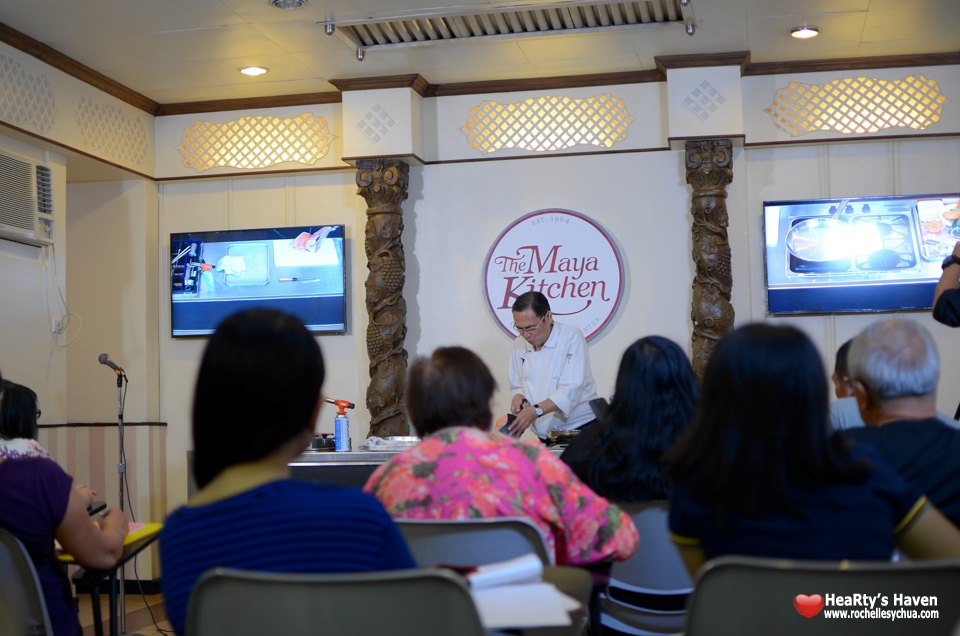
A few weeks ago, I shared that the Culinary Elite Series for June was a cooking demo from Japanese Chef Seiji Kamura. I was able to attend that session. There were too many tips shared by Chef Kamura-san that are truly useful. I’ll share those wonderful tips at the latter part of this post.
Unlike last May, I arrived on time. I saw Chef Seiji Kamura walking around and preparing for the demo. While he is Japanese, he looked immersed in Filipino culture having lived in our country for many years.
As usual, each of the participants got the handout with complete details of the recipes that were shared that day. I like this a lot as I do not need to worry about remembering the recipes while watching the chef cook those yummy dishes. At least, I can just concentrate on learning 🙂
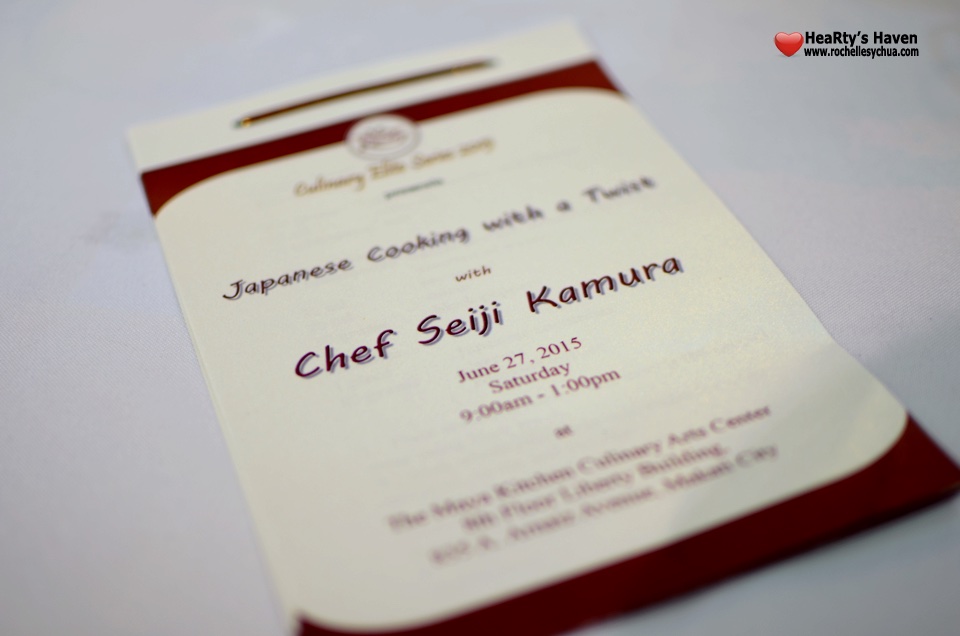
Chef Seiji Kamura has written several cooking books in partnership with Maya. Those books were sold at the event.
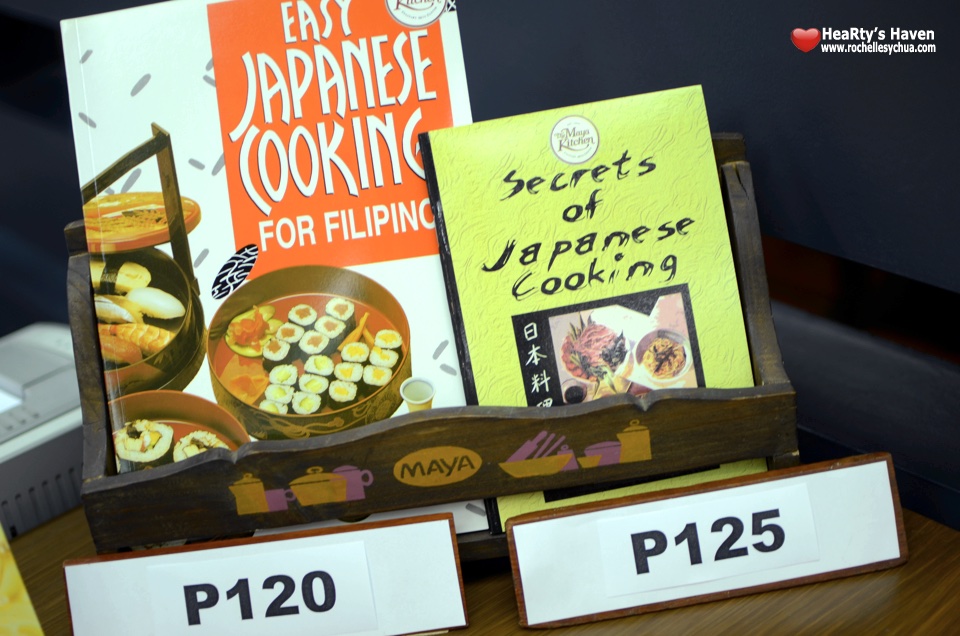
Here are the dishes that Chef Kamura-san cooked at the event:
You can find the tips that I took note of when the dishes were being prepared, these were just awesome things to know.
- Salmon Tataki – quick seared, rare fillet of salmon.

Tips:
– don’t get tail when buying salmon.
– get good knives. Some knives are good for more than 30 years.
– when removing skin from salmon, knife stays in place. Skin needs to be removed.
– get a good salt. A good salt will come out not just salty, but also sweet (i.e., sea salt).
– wasabi powder is cheaper than wasabi tube and lasts longer.
– when using wasabi, light soy sauce is best so fish flavour will come out better.
– it is considered bad manners if you put too much soy sauce in your sashimi.
– Japanese cucumber has less seeds than local cucumber and it is more tasty.
- Mochi Pizza – cheese, mochi & bacon wrapped in lumpia wrapper.
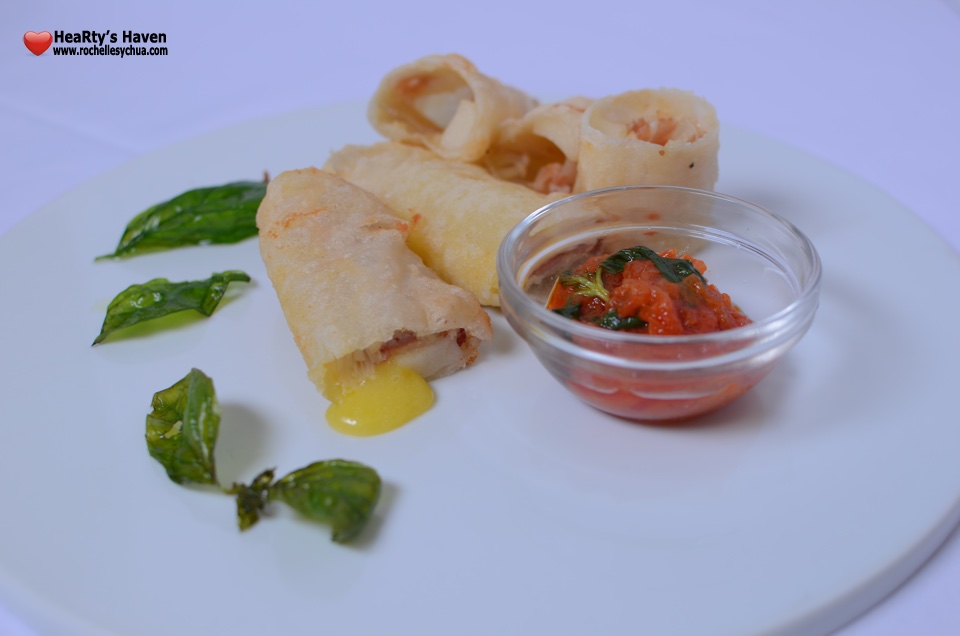
Tips:
– buy Mochi at Japanese groceries. Buy those that are individually wrapped or else, moisture will get in easily.
– In order to test how good a cook is, ask them to do some omelette, salad presentation and onion chopping.
– choose a knife that has a wood handle (plastic is not good).
- Seiro Mushi – steamed-in-bamboo-box beef and pork with mixed vegetables.
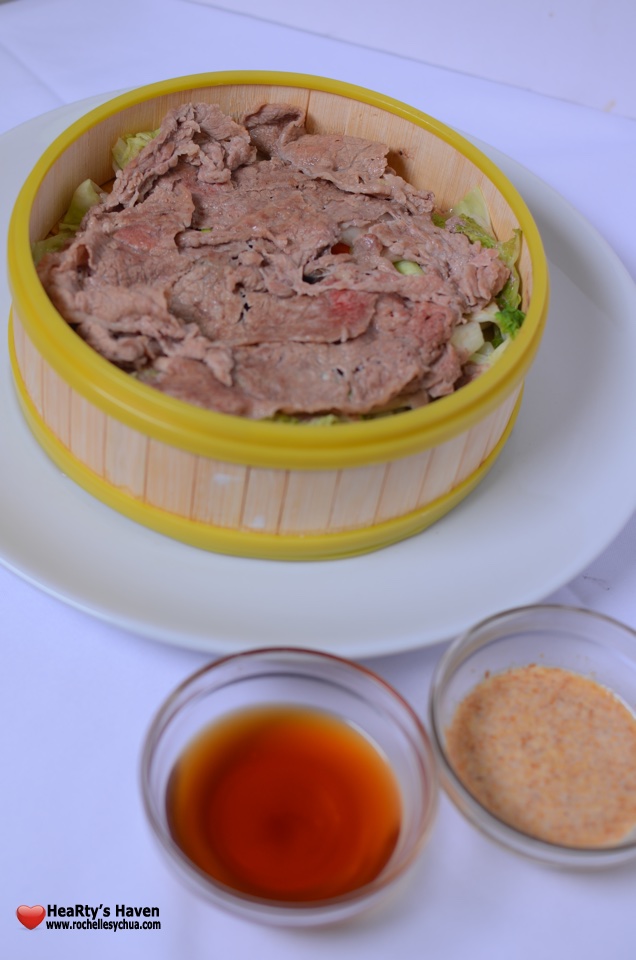
Tip: If sesame seeds are not roasted well, it’s very dangerous. It can cause diarrhea.
- Bulalo Ramen – beef shank and marrow bone stew with Japanese ramen noodles.
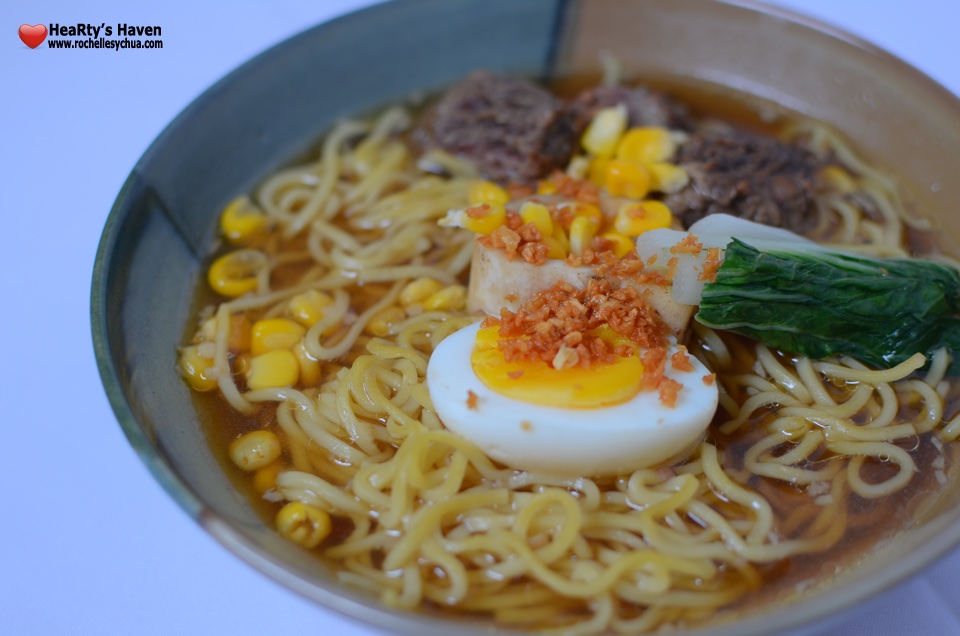
Tips:
– when choosing beef, look at the color.
– white-colored beef means it’s too young. Black-colored beef means it’s too old.
– for the soup stock, no need to remove carrot skin.
– use a little bit of salt when blanching so the color of the veggies will come out nice.
– Japanese ramen in PH restaurants are too expensive (In Japan, it’s only worth PHP200).
– Taste soup stock. If it lacks flavour, add mariner sauce.
- Sake Manjyu – buns made with Japanese rice wine with bean paste filling.
There was a long line in getting the chance to talk with the chef and had pictures taken with him. I had to wait for a while but it was worth it. I wouldn’t want to miss the chance since I only had one that time. And it’s a good experience to share here. If I miss this photo then this documentation won’t be complete! 😛
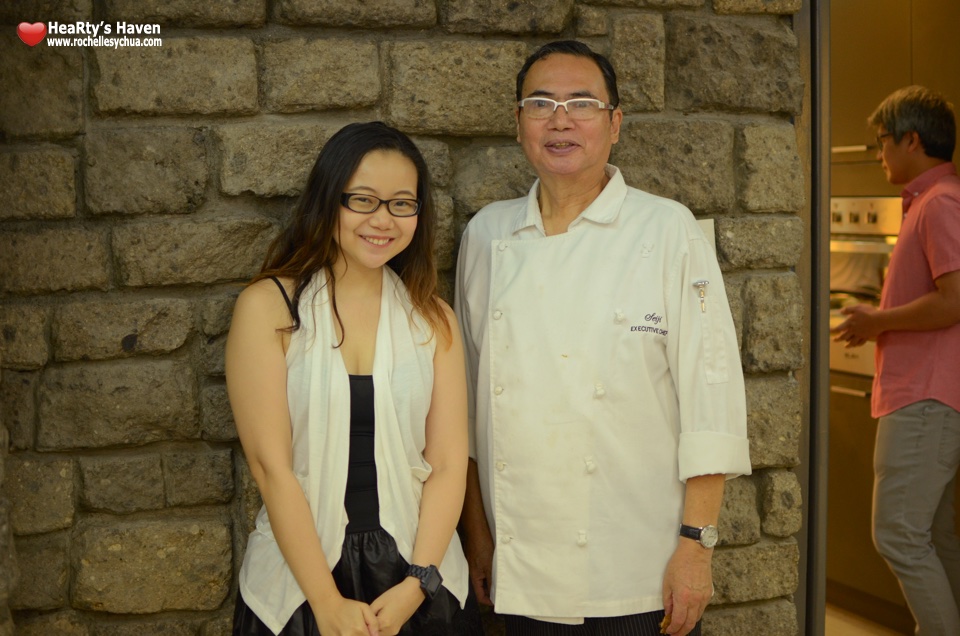
Among the dishes prepared, my favourite is the Seiro Mushi. This will be the dish that I would try to recreate.
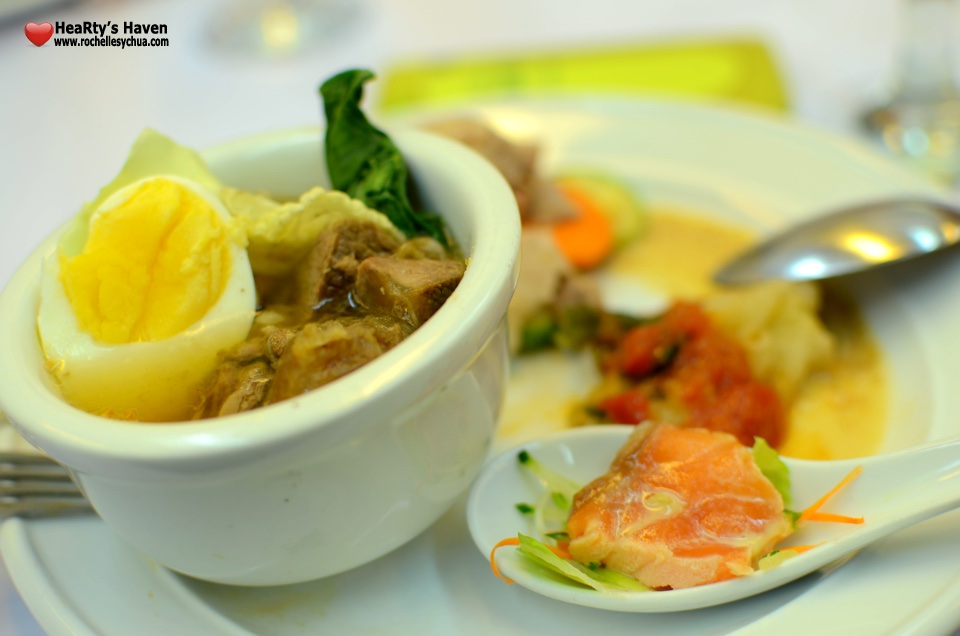
Thanks to the Maya Kitchen for the opportunity. As usual, I learned a lot about preparing Japanese Cuisine with a twist!
——————–
The Maya Kitchen Culinary Center
8F Liberty Building, 835 A. Arnaiz Avenue (Pasay Road), Makati City, Philippines
+63-2-8921185 / +63-2892-5011 local 108
contactus@themayakitchen.com


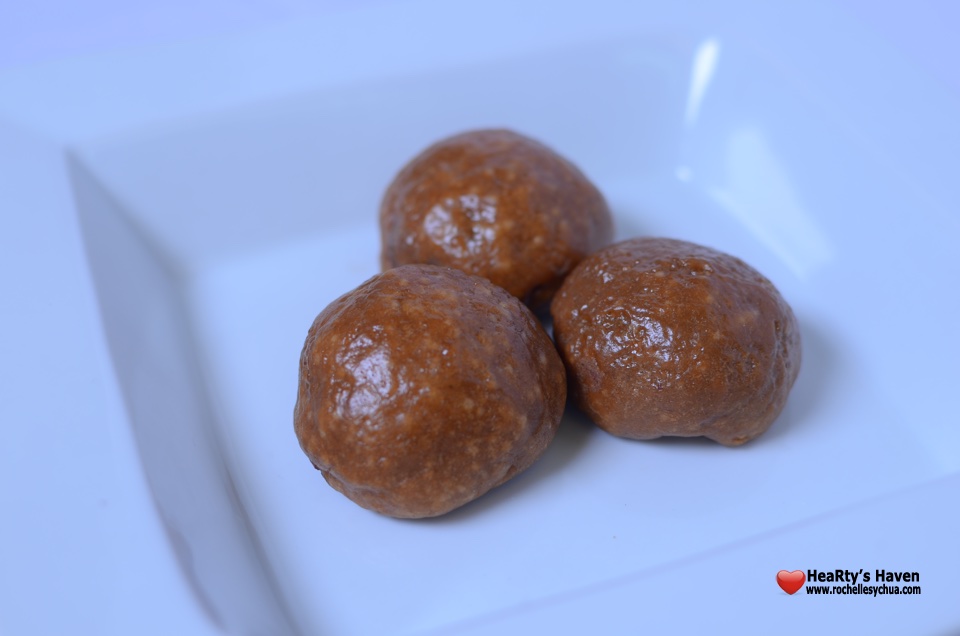
Leave a Reply